What are the different bike tire valve types, you ask? Well, as you can see in the image above, there are several different options when it comes to tire valves.
The three main bike tire valves available are Schrader valves, Presta valves and Dunlop valves (Woods valves).
These three bike tire valves are easily identified by their unique appearance and are all operated differently.
Throughout this short article, I’ll talk you through every valve type, covering the pros & cons of each valve, which valve type you need for your bike and the history behind each valve.
Ready to become a bike tire valve expert?…. Not a hugely desirable title. I get it! But you never know when you’ll have an issue with these fiddly little systems.
Add a header to begin generating the table of contents
If you’re a keen cyclist, you’ll likely know what a Schrader valve is, and if you own a road bike, you’ll probably have used a Presta valve before. But what is a Dunlop valve?
If none of the above meant anything to you, don’t worry! These are simply three different bike tire valve types.
Just below, you’ll find a detailed breakdown of each valve type, and then towards the end of the article, I’ve put together a few simple guides on how to change valve types and answers to popular bike valve FAQs.
If you know what bike tire valve type you want to learn about already, use the buttons below to navigate to each section.
Schrader Valves
Presta Valves
Dunlop Valves
Tubeless Valves
The Schrader valve is the most universally used and known valve variety. They’ve been used most motor vehicles and bicycles since their invention in 1891, courtesy of August Schrader.
A Schrader valve has a wide valve stem, into which a small valve core is inserted.
Schrader valve cores use a small spring that keeps the valve in the closed position.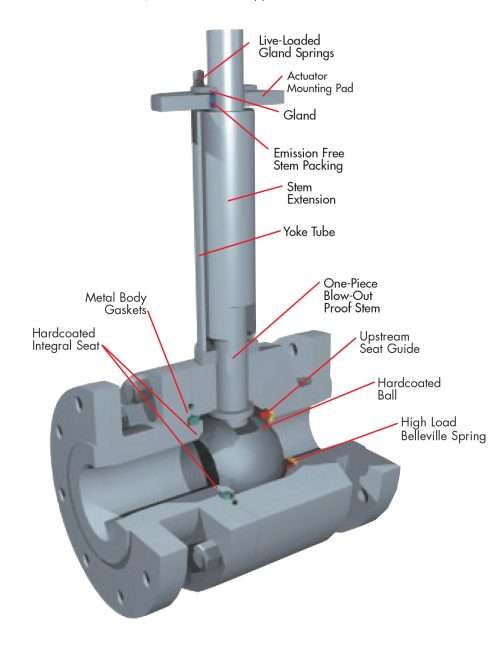
When the valve’s spring is depressed, the valve opens, and air can pass through the Schrader valve.
Schrader valves are also referred to as American valves, as they were patented in the United States in 1893, just two years after their invention.
Schrader valves are shorter, wider, less fragile, and typically cheaper than Presta valves.
Using a Schrader valve is very simple once you know what to do!
The steps below will teach you how to inflate or deflate a tire or system that uses a Schrader valve.
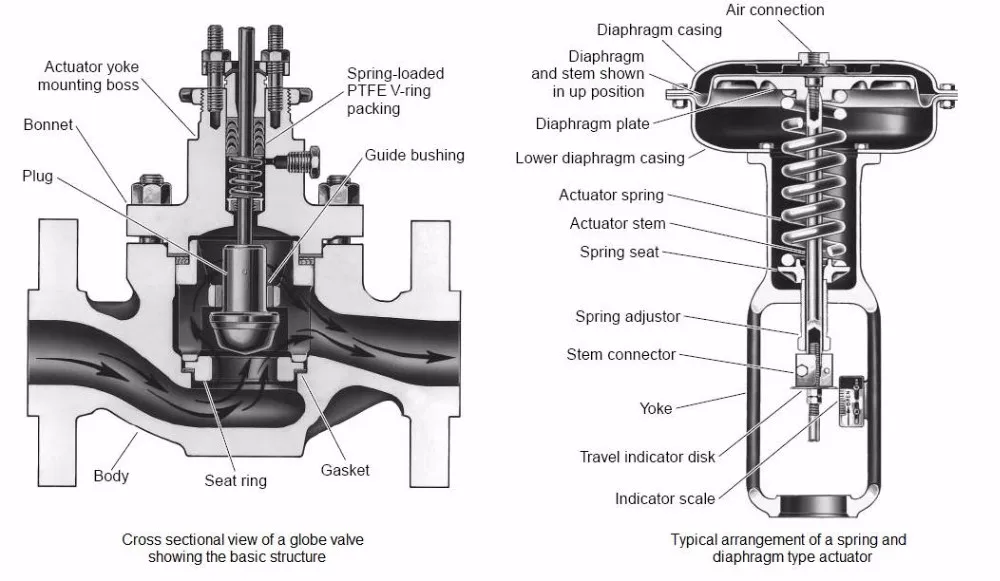
Presta valves are a type of valve used to control the airflow into and out of the inner tube of a bicycle. They’re long and narrow and are found on the majority of modern bikes.
Invented by Frenchman Etienne Sclaverand Presta valves are often fittingly referred to as the French valve.
The exact date of invention for the Presta valve isn’t known, but it’s thought to be just after 1880.
Presta bike valves are lightweight and are made in varying lengths to accommodate wheels with deep-section rims, typically found on road bikes.
Presta valves contribute to a stronger wheel, as their thin valve stem only requires a small hole in the rim. Nowadays, Presta valves are found on most modern bicycles.
Due to their thin stem and partially external valve mechanism, Presta valves are more fragile and slightly more expensive than other types of bike valves.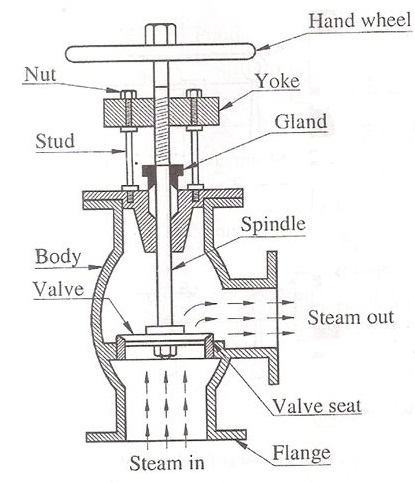
Using a Presta valve involves one more step than other bicycle valve types. That being said, it’s still straightforward to inflate or deflate an inner tube that uses a Presta valve.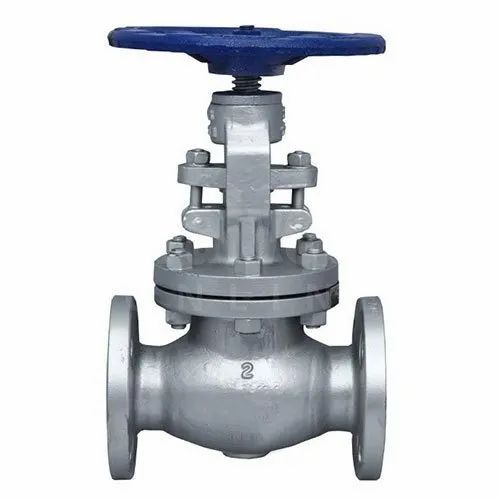
Follow the steps below, and you won’t have any trouble:
 External threading on the stem allows the use of rim nuts.
External threading on the stem allows the use of rim nuts.Dunlop valves, also known as Woods or English valves, aren’t common in the USA or the UK. Several European countries use them, but they’re primarily used across Asia and in multiple developing countries.
Invented by C. H. Woods, the Woods valve (modern Dunlop valve) quickly replaced the original valve created by John Dunlop.
The modern Dunlop valve is much easier to inflate and maintain than the original, which used a tight rubber sleeve to regulate airflow.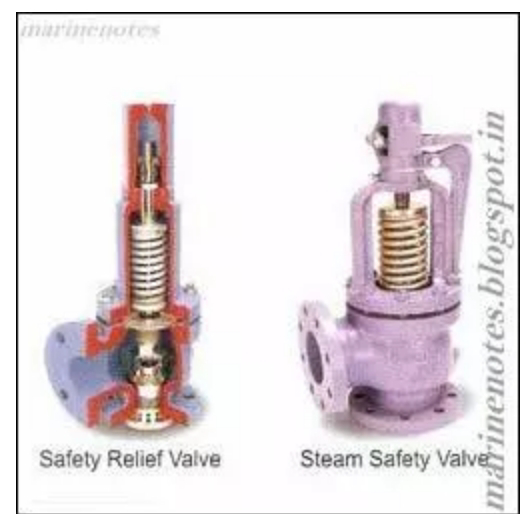
This rubber sleeve often deteriorated over time, meaning more maintenance was required to keep them functioning correctly.
Unlike Schrader and Presta valves, the Dunlop valve doesn’t require a special tool to remove its core. Their straightforward maintenance and robust stem are perhaps why Dunlop valves are so popular in the developing world.
The Woods valve has a similar-sized stem to a Schrader valve. However, it requires a Presta pump to inflate unless used with a bike tire valve adapter
The stem size of a Schrader and a Dunlop are the same. Therefore, these two valves can be used interchangeably on wheel rims.
Inflating a Woods valve tire is very easy. All you’ll require is a Presta compatible pump.
All you’ll require is a Presta compatible pump.
Unlike Schrader and Presta valves, Woods valves can’t be deflated by depressing a valve core pin.
Instead, to deflate a Woods valve, you’ll need to remove the valve core to allow pressure to be released from inside the tire.
Remove valve stem capRemove valve top nutGrip tight and slowly remove valve core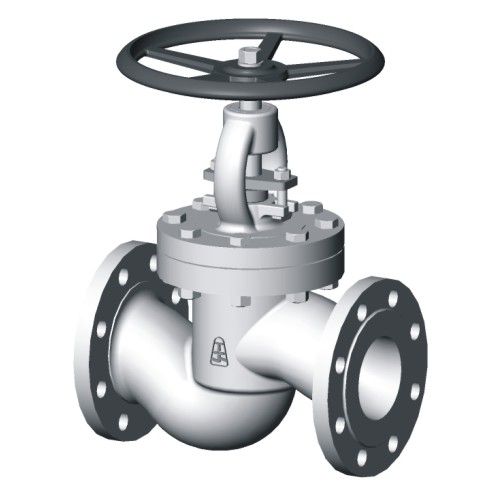
Tubeless valves work with tubeless wheel setups. Presta and Schrader tubeless valves are available and are simply a valve on its own without the inner tube.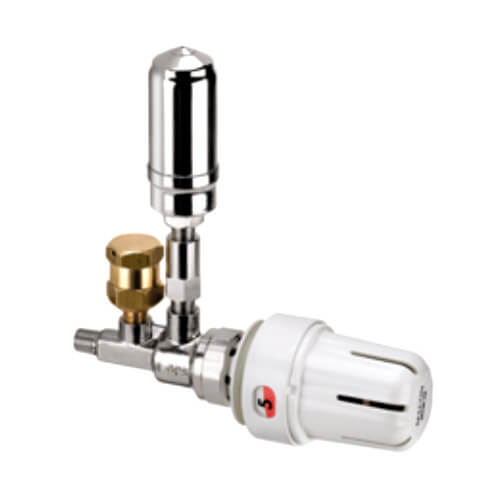
Instead, the tubeless valve has a rubber base that seals against the inside of a wheel’s rim to maintain air pressure inside.
Cyclists that ride tubeless tires normally add a sealant liquid inside the tire.
When inflated, the sealant plugs any leaks and should a rider have a puncture, the sealant will be forced out of any puncture holes, quickly resealing the tire so that it can be reinflated.
As this tubeless bike valve is a Presta valve, scroll up to read about the anatomy of a Presta valve.
Otherwise, the only unique feature of tubeless valves is their rubber bung.
Bike tire dust caps act as an added layer of protection for your valves.
They prevent any excess dirt, buildup, or debris from entering the valve and potentially damaging it over time.
Dust caps are inexpensive and, therefore, very accessible to every bike owner.
Custom valve stem caps are also a great way to customize your ride for a low price.
If your bike valve stem caps are missing or you’ve been cycling without them, this short article explains why you NEED to replace them.
Stem valve nuts are fitted on threaded valves and prevent your tire valves from sinking into your rim when inflating your tires.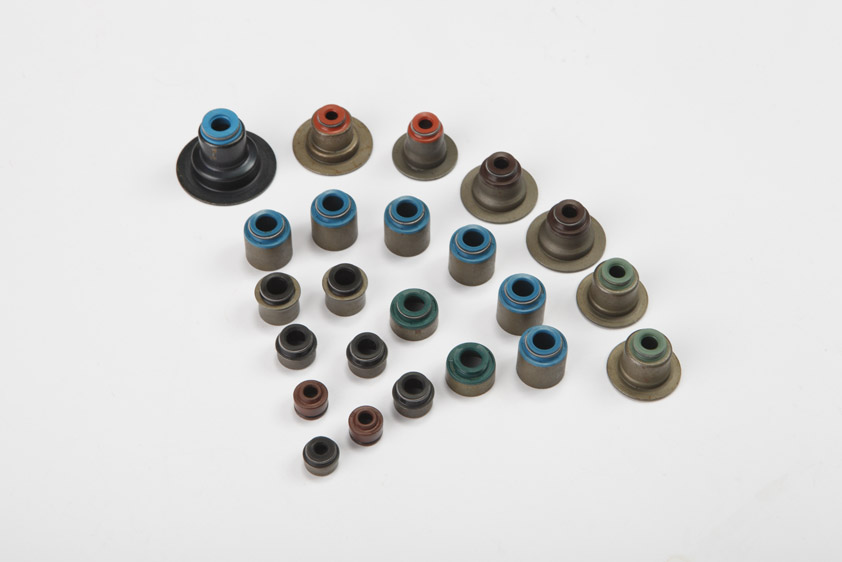
There’s an ongoing debate on whether stem valve nuts should be left on after tires are inflated.
To be completely honest, once you’ve inflated your tires, whether you leave the valve nut in place or remove it, won’t make much difference.
Some cyclists complain their stem valve nuts rattle whilst cycling. If this is the case, remove them and keep them somewhere safe for the next time your tire pressure is low.
Whilst Presta and Dunlop stems have a similar diameter, the nuts they use aren’t interchangeable.
Where there are multiple valve types avalible, cyclists often find themselves with the wrong pump for their bike tire valve type.
If you’re in this position, don’t worry. You won’t have to replace your inner tubes. All that’s needed is a valve adapter to convert your existing valve into a valve type compatible with your pump!
If your bike uses Presta valves, but your pump only works with a Schrader valve, a simple Presta to Schrader valve adapter will do the trick.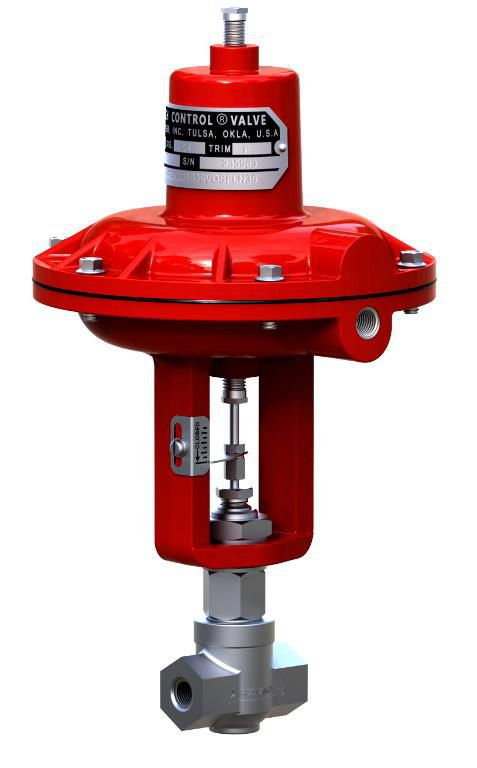
Similarly, if you have Schrader valves on your bike but your pump is for Presta valves, you can easily pick up a Schrader to Presta valve adapter for a very reasonable price.
Presta valve extenders are used to extend the length of your Presta valves.
Presta valve extenders are used by cyclists who use deep-section rims, whereby the standard length valves aren’t long enough to pass through the rim or for the pump to connect to.
While helpful, one disadvantage of Presta valve extenders is their ability to rattle while a bike is in motion. However, there are a few steps you can take to reduce rattling that I explain below.
Another issue you should be aware of before attaching a Presta valve extender is that they increase leverage on the valve, so if care isn’t taken when installing, they can damage the valve or the inner tube.
If you need to use a bicycle valve extender but haven’t done so before, follow this brief guide for the best fit:
Before we begin, you’ll need:
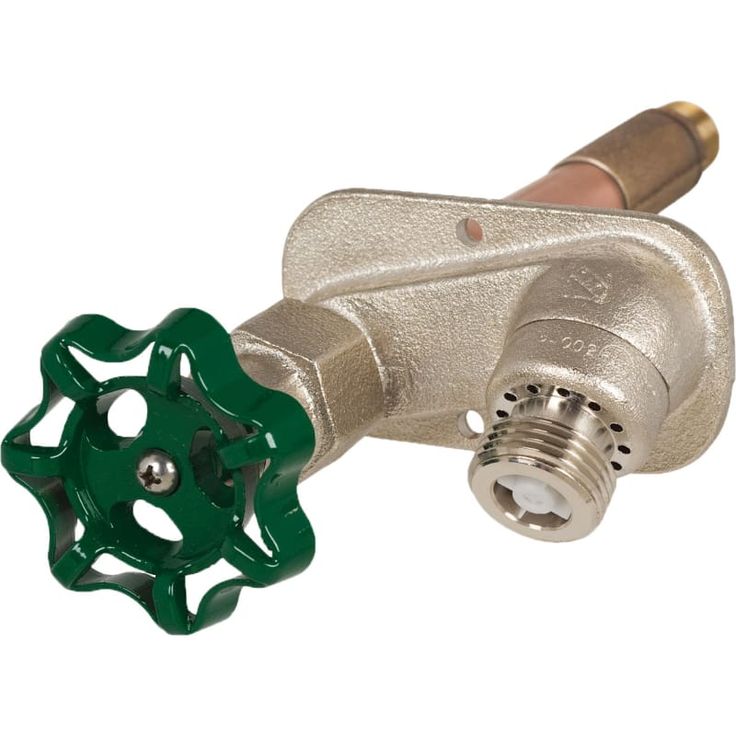
Valve stem cores are the part of a valve that regulates airflow in and out of the tire or system.
Schrader, Presta and Dunlop valve cores all work in different ways.
Schrader valves are spring operated and allow air to flow freely into or out of the tire/system when the central core pin is depressed.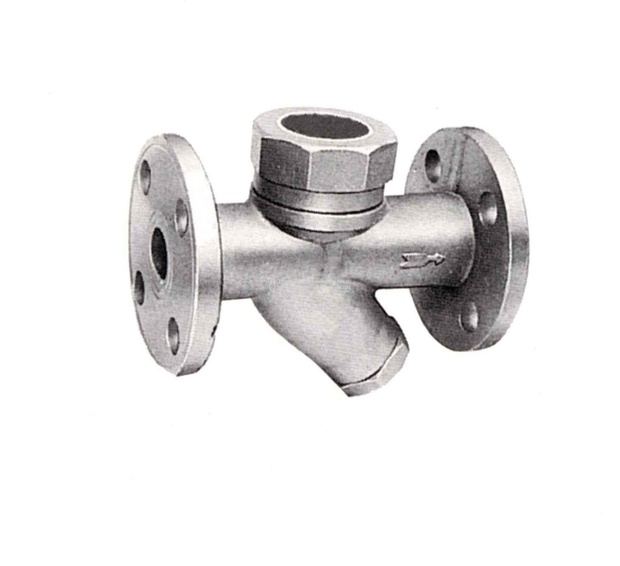
Presta valve cores use a similar central core pin, although it’s not spring-loaded. Instead, it uses a valve core nut.
When a Presta core nut is loosened, the central valve pin can be depressed, but when tightened, the valve core pin is held in a closed position.
Dunlop valve cores only allow air to pass into the tire. Therefore, to deflate a Dunlop tire, the valve core needs to be fully or partially removed.
Not all tire valve cores are removable, so it’s worth paying attention to this when buying a new inner tube or replacement valve.
The correct valve type for your bike is equally as important as using the right inner tube.
The questions below will provide additional knowledge to ensure you know what you’re doing regarding any valve-related issues!
If you’re unsure which valve type you need for your bike, inspect the valves you have on your bike and compare them with the pictures shown above in the article.
If your wheels don’t have inner tubes in them at the moment, a Presta valve is probably your best bet, especially if your bike is modern.
Almost all new bikes use Presta valves, and they’re compatible with Schrader and Dunlop rims, so if you’re unsure, Presta valves will be a fail-safe option.
The length of the tire valve you use depends on the rim depth of your wheels.
The larger your rim depth, the longer your valve length should be. A correct size valve will allow you to attach a pump and inflate without a struggle.
The best way to decide what valve length you require for your bike is to measure the depth of your wheel rim from either side of the valve hole.
Once you’ve measured your wheel rim depth, add 15mm to your measurement, this will ensure you’ll be able to attach a pump to the valve once assembled!
While it is possible to put Schrader valves or a Presta rim, you must widen the valve’s hole to achieve this.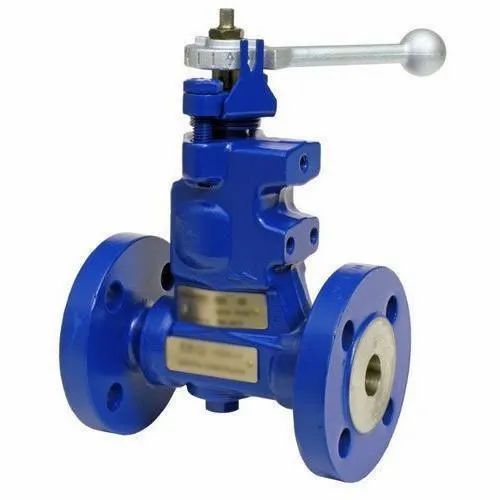
I don’t recommend drilling the hole yourself, as this can damage the structural integrity of your bike’s rim if not done correctly.
In most cases, you won’t have the specialist tools required for the job, and instead of paying someone to drill your rims for you, it may be worth getting some new rims instead.
You can use Presta valves on Schrader wheel rims, but considering they are much thinner than a Schrader valve, they’ll likely be loose, and this can damage the inner tube.
You can get a rim valve hole grommet, which will hold the Presta valve in place and help prevent your inner tube from catching the valve hole.
However, using a grommet still won’t guarantee that the rim won’t wear down your inner tube. So I’d only recommend using a Presta inner tube on a Schrader rim if no alternative is available.
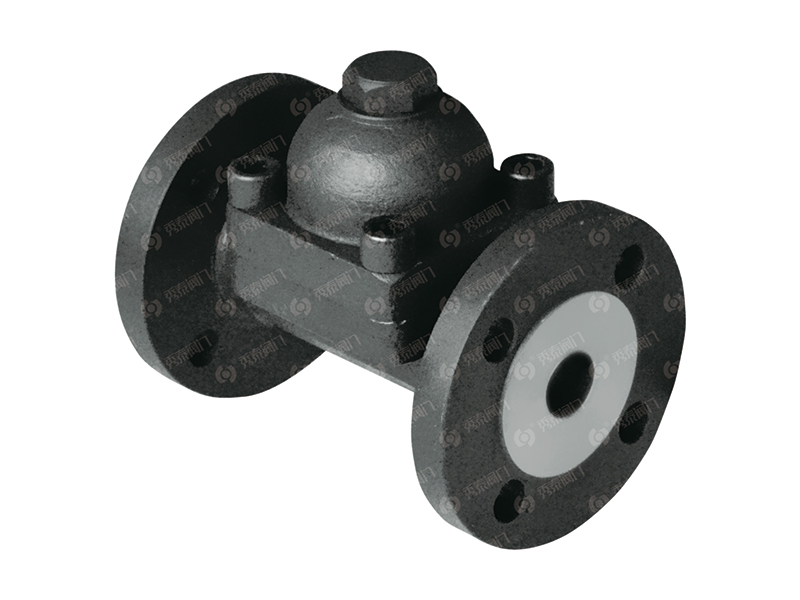
To inflate a Presta Valve with a Schrader compatible pump, you’ll want to get hold of a Presta to Schrader adapter.
Once you’ve got hold of the correct valve adapter, screw it onto the Presta valve, and you’ll then be able to use the Schrader pump to inflate it.
If you only have access to a Schrader bike tire pump, don’t panic.
In this guide, I give a short yet detailed explanation of how you can inflate your Presta tire without an adapter.
All you’ll need is a Schrader pump (with locking capability) and a Presta valve stem cap (dust cap).
Learn this nifty bike hack here.
The valves on your bike are very easy to find! Bicycle valves are short metal tube-like structures that protrude from the front and rear wheel rims.
Don’t get your valves confused with your spokes, though!
If you’re struggling to find your valves, my complete guide on bicycle anatomy will point you in the right direction!
If your Schrader valve isn’t working correctly or you suspect it has a slow puncture or leak, it’s best to run your inner tube through a bowl of water whilst inflated.
If air is escaping from your inner tube, the leak will release bubbles into the water.
If the inner tube itself is damaged, you can get a repair kit to mend it, or if it’s damaged beyond repair, get yourself a new replacement.
If the leak is coming from the valve core and your Schrader valve has a removable core, you can replace the core by using a core removal tool and getting hold of a replacement core.
Hopefully, your bike valve-related questions have all been answered!
It took me a while to put together this detailed guide, so it’d be great if you could leave some feedback below.
If you think something is missing from this guide or if there’s any way I can make the information clearer, let me know, and I’ll make changes so that the content continually improves for the next readers!
If you aren’t already, make sure to use a good quality bike lock to secure your bike.
Whilst a decent lock will cost more money, it’ll be cheaper than replacing a stolen bike!
As always, lock it or lose it.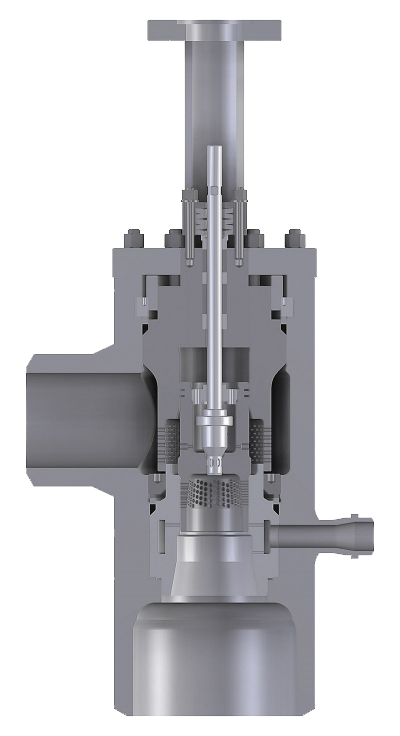
Ciao for now.
There are two main bicycle valve types, which are Presta valves and Schrader Valves. Here's a look at the difference between Presta and Schrader valves, and which are best for bike touring.
So, you thought that all types of bicycle valve stems were the same?
Think again, because there's two different bike valve types out there!
There two main bike valve types used on bicycle inner tubes nowadays, are Presta and Schrader Valves. You can go bike touring with either bicycle valve stem types.
Most of the time, no choice or thought is involved. A bicycle will simply come with wheels that are pre-drilled for either Presta or Schrader valves.
Anyone considering building their own wheels for bicycle touring, replacing wheels, or working out the specs for a new expedition or touring bike might like to think a little more about bike valves though.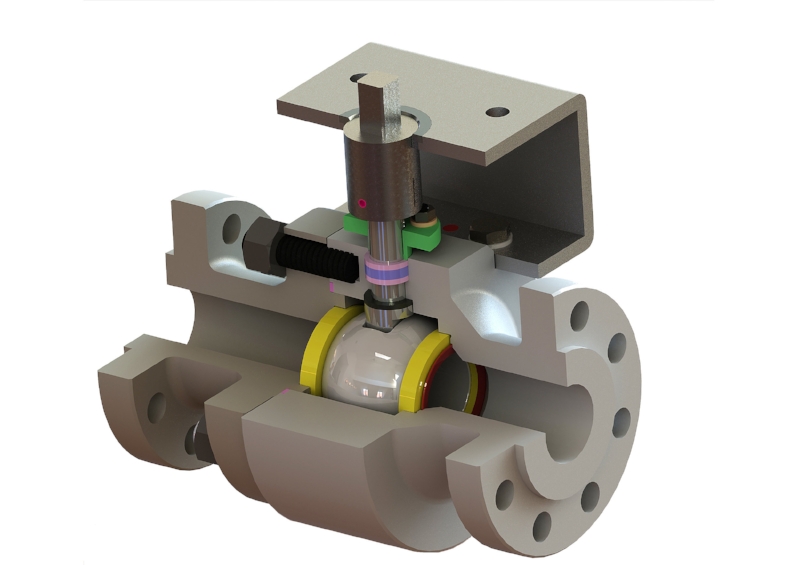
Sometimes, choices made regarding the seemingly simplest of things can make life harder or easier when out on the road.
This is definitely the case with Presta and Schrader valves.
Here, as part of my bicycle touring tips series, I outline the technical and practical aspects of the bicycle valve types, along with the pros and cons of each.
As always, I would love to hear about your thoughts and experiences in the comments section below.
Well, it all comes down to size. Apparently, it does matter after all! Schrader valves are fatter, and Presta valves are thinner.
This means that the hole diameter in the wheels rim will also be different, and although you can use Presta valves in Schrader drilled wheels if you have to, you can't do it the other way around.
So, what is the point of having bicycle valve types with two different diameters? It only confuses people when it comes to buying bicycle inner tubes! Is there something else that makes them different?
These are most commonly used on racing style road bikes with 700cc wheels.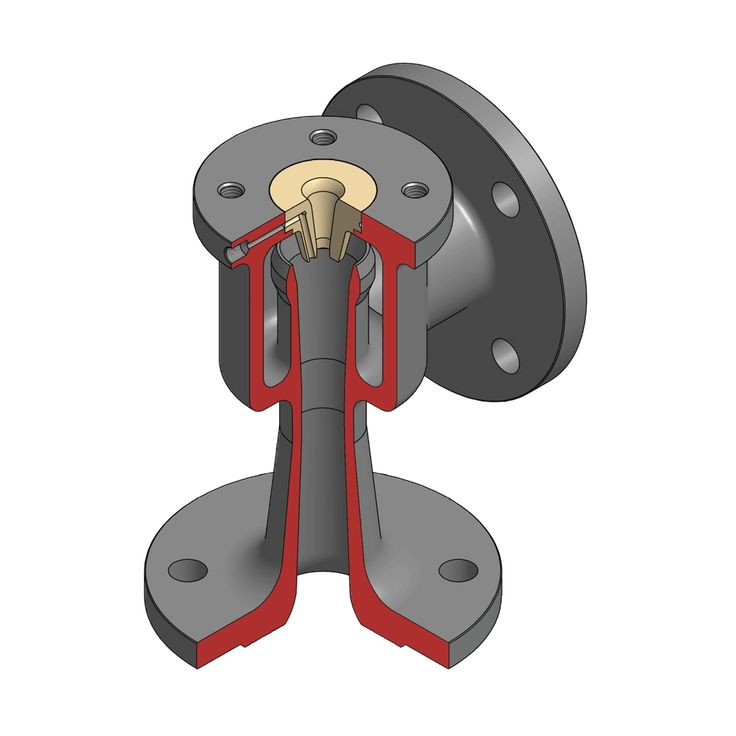 They have also carried over to 26 inch wheels used on mountain bikes and specialised touring bicycles.
They have also carried over to 26 inch wheels used on mountain bikes and specialised touring bicycles.
The most noticeable feature of a Presta valve, is that the top section must be unscrewed before air can be put in or out.
Presta valves also come with a locking nut which holds it tight against the rim of the bicycle. It is often commented that the main reason to use this style of valve, is to allow higher pressurised inner tubes, and whilst this is true, there are other attributes.
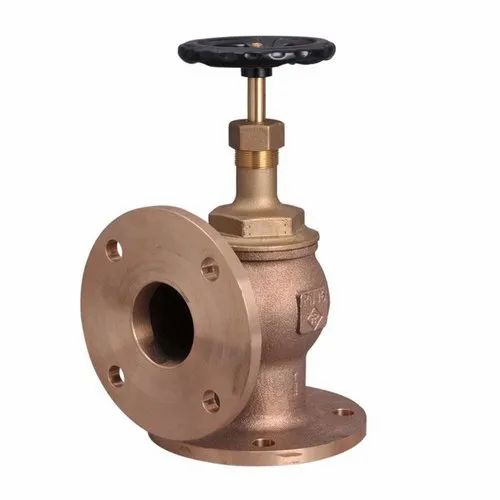 This is one of the reasons that it is used when high pressures are needed. Whilst this is perhaps not significant for the vast majority of bicycle tourers, there is a certain irritation factor. Pumping up a tyre, only to find that it loses a bit of pressure when you remove the pump from the valve is annoying!
This is one of the reasons that it is used when high pressures are needed. Whilst this is perhaps not significant for the vast majority of bicycle tourers, there is a certain irritation factor. Pumping up a tyre, only to find that it loses a bit of pressure when you remove the pump from the valve is annoying!Related: Why is my bike pump not working
This style of bicycle valve is found on practically every type of car and motorcycle worldwide. It is most used on bicycles where lower tyre pressures are required.
It is most used on bicycles where lower tyre pressures are required.
Known as the car type valve, it is commonly found on mountain bikes, BMX's and kids bikes. Many touring cyclists roll with this type of valve simply because it was on the bike when they bought it.
Schrader valves are considered to be more sturdier and robust.
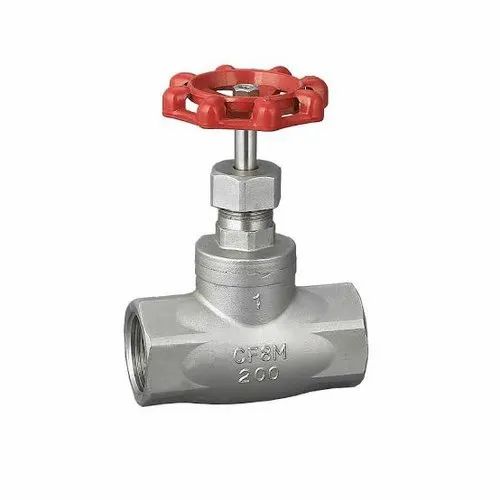 This might reduce a wheel rims overall strength over time, especially on the cheaper ones.
This might reduce a wheel rims overall strength over time, especially on the cheaper ones.Choosing between Presta and Schrader bicycle valve types, I picked Presta valves for the inner tubes for my next bicycle tour around the world.
The main reason for this, came down to keeping the strength of the wheels rim with the smaller diameter hole. The longer valve stems also make inflating them easier.
From experience, I know that the one main drawback to choosing Presta, is that sourcing new inner tubes may be nigh on impossible in certain parts of the world.
Now, that said, it is extremely difficult to get any parts of a high quality in some parts of the world anyway. With that in mind, I may have to arrange several parcels of parts to be sent out to me when needed.
Including a few inner tubes in the parcel is neither here nor there, and I always have a lot of patches to fix punctures during the mean time!
Some of the most commonly asked questions about the different types of valve stems for bicycles are:
The first step, is to unscrew the locknut on the Presta stem. Once this is done, you will then attach the pump as normal and pump in the air.
Once this is done, you will then attach the pump as normal and pump in the air.
The two major types of bike valves are Presta and Schrader. There is a third, less commonly found type called a Woods valve which can be found on Dutch bikes.
The Schrader valve is thicker than the Presta one. The Presta one comes with its own locknut, which must be unscrewed before pumping air into the tires.
You might also want to check out these other bike touring tips and guides:
Which type of bike valve do you think is most suitable for bicycle touring? Please leave your thoughts in the comments section below!
– Dave Briggs
Dave wrote this guide to the different bike valves after years spent cycling all around the world.
Check out two of his long distance bike tours here: Cycling from England to South Africa and Cycling from Alaska to Argentina.
Follow Dave on social media for travel, adventure and bike touring inspiration:
The urgent need to reduce engine oil consumption during engine operation has led to many changes in the design of engine parts, in particular in the design and choice of valve stem material. Which is once again confirmed by the expression: "For every action there is a reaction."
As the amount of oil entering the valve guide bore is reduced, there is an urgent need for a valve stem treatment that will resist abrasion or other types of wear under large temperature and load fluctuations.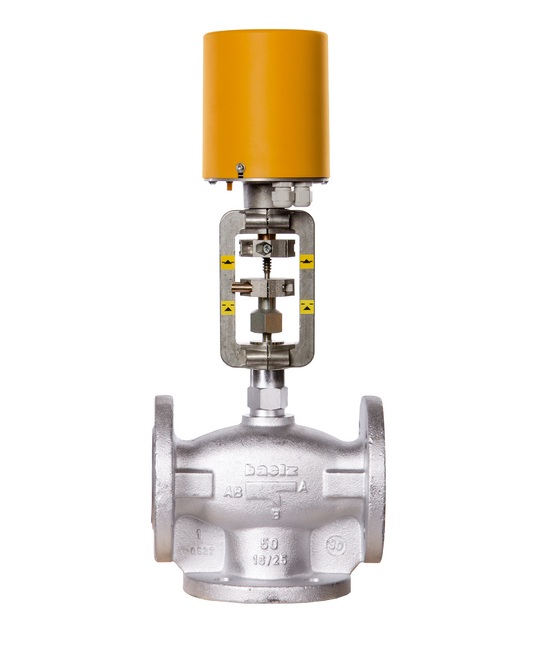
First of all - chrome plating of the valve stem.
The answer is wear resistance, friction reduction and corrosion resistance.
There are different types of chrome plating, which depend on the initial conditions: the availability of a particular technology, the requirements for the working conditions of the part, etc. In the automotive industry, “brilliant” chrome is usually used, with one or another coating thickness. The type and thickness of chrome plating are standardized by various technical documents, in particular standards SAE . Moreover, it is not the material used that is fundamental, but the time during which the valve is chrome-plated. It is worth noting that there is a significant difference between decorative chrome plating (like the one used on bumpers, window trims, etc.) and covering engine parts.
Heavy engines typically use thick chrome plating. For example, on a new valve for such an engine, the thickness of chromium can be 0. 07 ... 0.08 mm . Although in the secondary market you can find parts with a coating thickness of up to 0.50 mm!
07 ... 0.08 mm . Although in the secondary market you can find parts with a coating thickness of up to 0.50 mm!
But valves for passenger cars , on the contrary, are distinguished by an extremely thin layer of chromium: from 0.002 to 0.03 mm . This layer is sufficient to significantly improve abrasion resistance. But, at the same time, it makes the chromium plating process very difficult, since any deviation in technology can jeopardize both adhesion and coating thickness.
Over the past few years, outside of the US, chrome plating has fallen out of favor as a means of improving valve stem wear resistance. Most European and Asian manufacturers have switched to nitriding. With it, the valve stem becomes dark, almost black. Many mistakenly consider such a coating to be "black chrome".
Nitriding is a chemical-thermal treatment process in which the metal surface is saturated with nitrogen to harden it. This process is most commonly used with low carbon low alloy steels. It can also be used with medium and high carbon steels. That is, the valve is not covered with chrome, but is subjected to heat treatment - for wear resistance. In addition, nitriding improves corrosion resistance and, unlike chromium, increases fatigue strength. Nitriding has long been used in many industries and is considered more environmentally friendly than chromium plating. But this does not make it suitable for all occasions. For some applications, "heavy chrome" is still the best option in terms of wear/abrasion and wear resistance.
It can also be used with medium and high carbon steels. That is, the valve is not covered with chrome, but is subjected to heat treatment - for wear resistance. In addition, nitriding improves corrosion resistance and, unlike chromium, increases fatigue strength. Nitriding has long been used in many industries and is considered more environmentally friendly than chromium plating. But this does not make it suitable for all occasions. For some applications, "heavy chrome" is still the best option in terms of wear/abrasion and wear resistance.
In addition, there are many other valve stem coating or treatment options that are very reliable and effective. But in this note, we tried to answer the question about the "black" valve, which constantly arises.
WANT TO BECOME A AUTHOR?
Submit your article
HomeMERCEDES-BENZSK2638 S
| photo | Information | ||||
|---|---|---|---|---|---|
| 9000 9000 9000 9000 9000 9000 Manufacturer: AE Title: Directioning valve bushing | Find all | 12016900 6 Manufacturer: AJUSA | find all Manufacturer: AJUSA Title: gasket set, valve rod | Find all | |
9005 562. 297 297 66666 Manufacturer: ELRING | find all Manufacturer: Febi Bilstein Title: Ruthagica, Bolt regulation of the gap in valves | Find all | |||
| 9005 07717 9000 9000 9000 9000 Manufacturer: FEBI BILSTEIN Name: Valve clearance adjustment screw | find all Manufacturer: Febi Bilstein Title: Ruthagica, Bolt regulation of the clearance in valves | Find all | |||
| 9005 08752 9000 9000 9000 9000 9000 9000 9 Manufacturer: FEBI BILSTEIN Name: O-ring, rod cla | find all Manufacturer: Febi Bilstein Title: Bolt of the gap in valve | Find all | |||
| G111038 9000 9000 9000 9000 9000 9000 9000 9000 9000 9000 9000 9000 Manufacturer: FRECCIA Name: Valve guide | find all Manufacturer: FredCcia Title: Directioning valve sleeve | Find all | |||
| 9005 P76548-10 9000 6 Manufacturer: GLASER | find all | ||||
| Manufacturer: Goetze Title: gasket set, valve rod | Find all | ||||
| 50-319312-00 | find all | ||||
| 001 FX Manufacturer: Mahle Original Title: Directioning valve sleeve | Find all | ||||
| 034 0078 9000 9000 9000 9000 9000 9000 9000 9000 9000 9000 9000 9000 9000 9000 9000 9000 9000 9000 9000 9000 9000 Manufacturer: MEYLE Name: Gasket set, valve stem | find all | ||||
| PB224 Manufacturer: Payen | Find all | ||||
| 001 FX 30440 000
Manufacturer: PERFECT CIRCLE | find all | ||||
| 70-23096-10 Manufacturer: Reinz | Find all | ||||
01.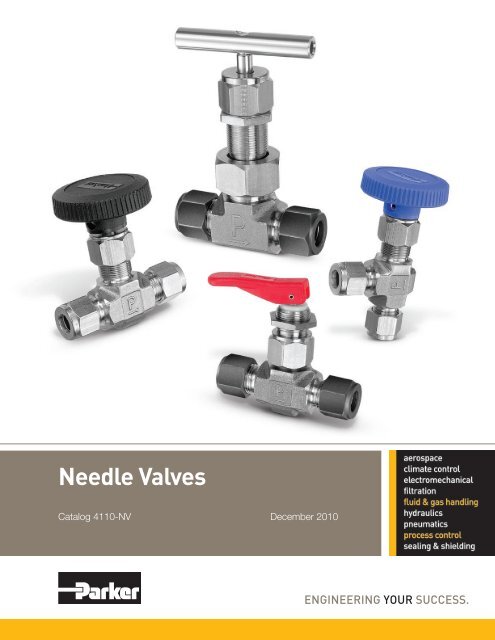 |